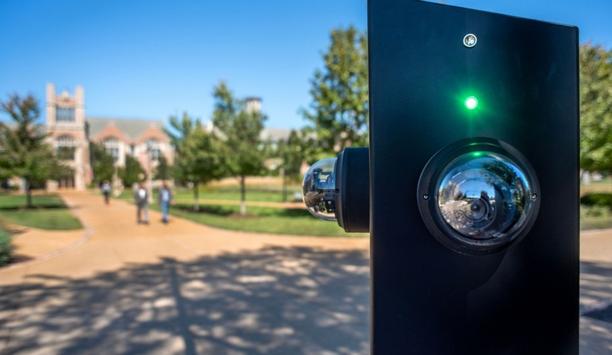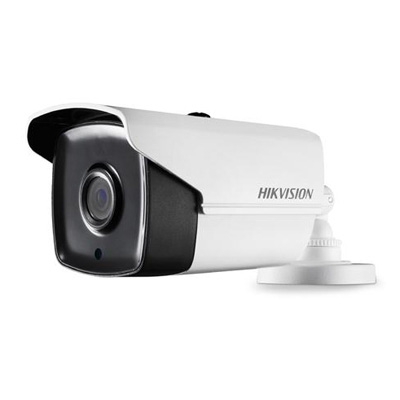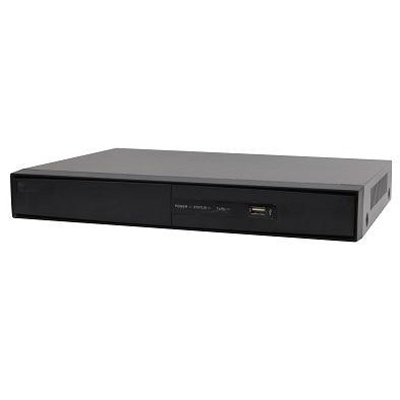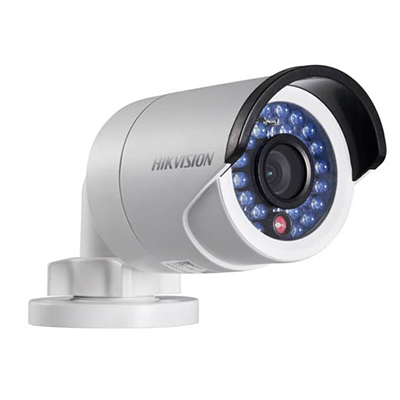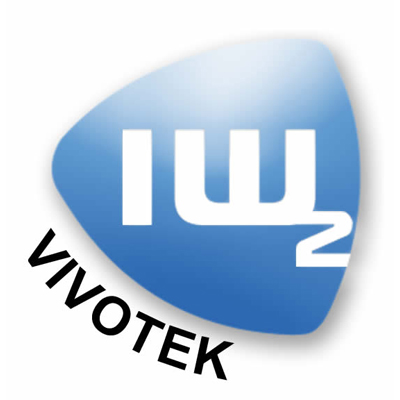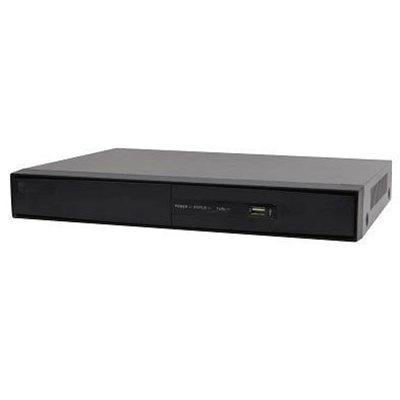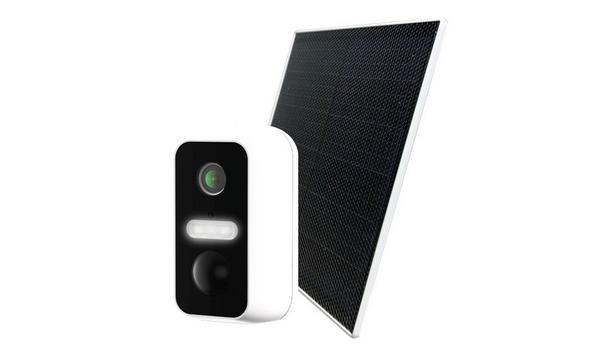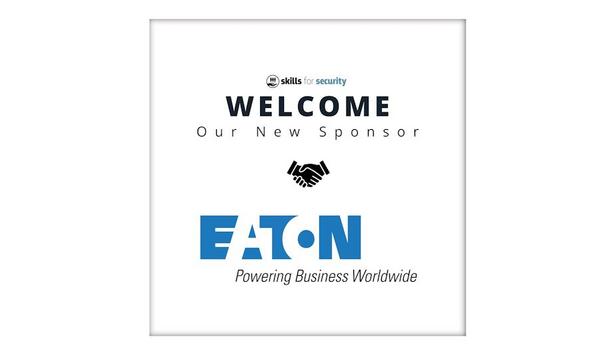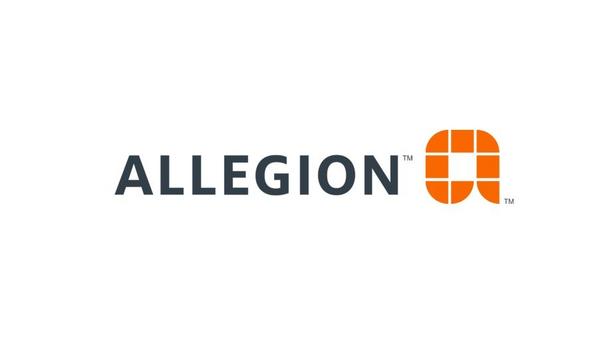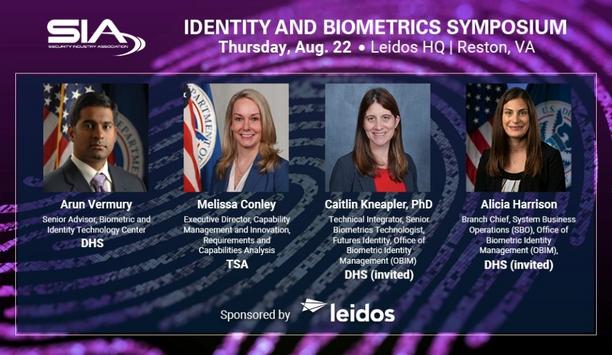Facemasks are a critical tool for fighting the spread of COVID-19 virus and are proven to be most effective when face coverings are worn universally. As stores and businesses reopen, ensuring all occupants wear a facemask is essential.
However, the additional resources required to monitor patrons can further strain businesses already struggling to meet other sanitation and social distancing guidelines. Deep Learning solutions are capable of automatically detecting anyone in violation of facemask guidelines, saving employee time and ensuring safer environments.
Deploying Deep Learning solutions
Deep learning is a form of machine learning that uses neural networks with many ‘deep’ layers between the input and output nodes. By training a network on a large data set, a model is created that can be used to make accurate predictions based on unseen data. In this case, the network can be trained to detect not only facemasks, but if a facemask is worn correctly on a person’s face.
A fully functioning deep learning system can be developed and deployed in a matter of days
A fully functioning deep learning system can be developed and deployed in a matter of days. Using a FLIR Firefly DL camera, FLIR Systems’ engineers developed a system for detecting compliance and flagging users who may be in violation of PPE (Personal Protection Equipment) guidelines.
Facemask detection dataset
The facemask detection dataset used 2 publicly available libraries with over 1000 images to provide examples of people with, without, and incorrectly wearing facemasks in different environments. Other cameras suited for this purpose include the Blackfly S GigE.
Each image in the facemask dataset was annotated with bounding boxes showing object locations and class labels indicating which faces had the mask on, which did not, and if they were worn appropriately. Deep learning developers and solution integrators can easily expand this solution to cover more complex and robust use cases for deployment in the real world.
For example, the neural network can be trained to detect face shields, gowns, gloves, and other PPE within high risk/high traffic environments like hospitals and airports.





